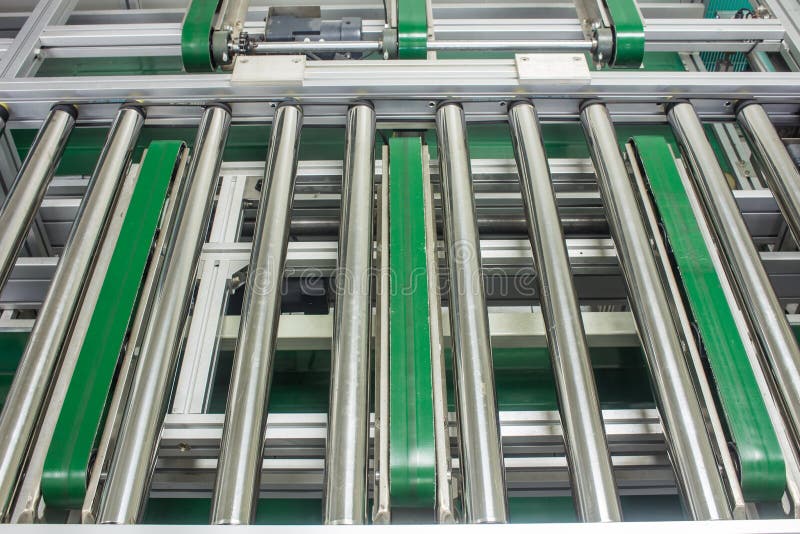
Cleated Belt – The belt consists of cleats for constant spacing even as it goes up and down.

Food production commonly employs modular belts. The belt consists of interlocking pieces, making cleanup and repair easy. Modular Belt – This system is ideal for production lines that have to run around corners or tight spaces.Industrial businesses often make use of flat belt systems. The belt can consist of natural or synthetic fibers, allowing for the handling of various goods. Flat Belt – The most widely used type, this system is known for its versatility.This system is ideal for items loaded via gravity, transporting them across the premises with ease.
#Factory town cloth conveyor belt cant build series#
Roller Bed – The belt runs on top of a series of rollers rated to move at a certain speed and handle specific weights.They typically fall under one of the following single conveyor systems : Here are some tips to get you started in building a conveyor belt production line:Ĭonveyor belts are custom-made for a number of industries handling a wide variety of items. Nevertheless, you need a production line to streamline your processes and fulfill demand more quickly. Unless you’re in the business of producing intricate tech, you won’t need the kind of assembly line Ford has. However, the term no longer concerns factories and plants alone-non-industrial businesses are involved as well.

Experts refer to this as Industry 4.0, harnessing digital technology to improve productivity and interconnectivity. Such advantages are more important than ever as the industry as a whole is undergoing a significant change. Therefore, using the advantages you have from the start ensures that your business will eventually have a place among prominent competitors. Keep in mind that the Ford Motor Company was only ten years old when it introduced the assembly line. The efficiency Ford achieved with his assembly line in 1913 was phenomenal-what more with today’s assembly lines? Streamline Production with Conveyor BeltsĬonveyor belts may seem like a big-ticket investment, but small enterprises need them as much as big ones do. They ferry manufactured goods from one end of the facility to the next, all without making people move from their posts.

These days, it’s nearly impossible to find a factory or plant that doesn’t use conveyor belts. By 1913, his new and improved assembly line could make a Model T in two-and-a-half hours, ushering in the era of affordable transportation. However, Henry Ford came up with an idea to cut both time and cost by integrating conveyor belts into his assembly line. Cars of the early 1900s were few and expensive because it took a lot of time to make one.


 0 kommentar(er)
0 kommentar(er)
